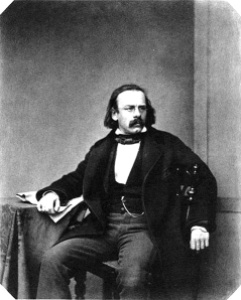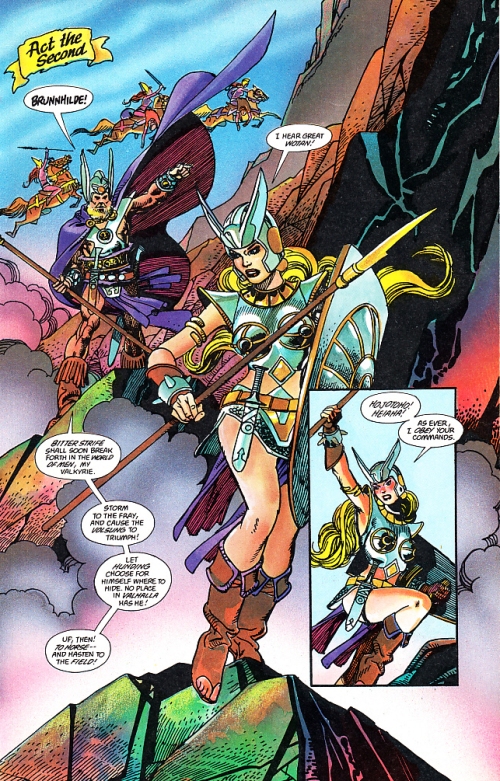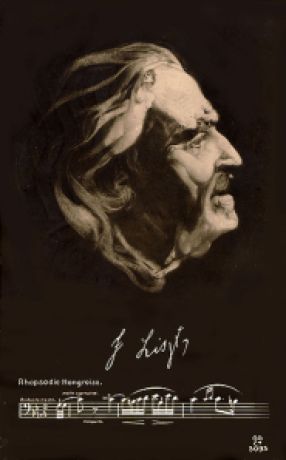Throughout the nineteenth century, parallels between the forms and contents of individual compositions and a variety of poems and prose tales were discussed. Liszt, Strauss, and other composers cited literary classics in the titles of their works and even published excerpts in their scores. As a consequence, certain critics came out in favor of musical programmism, while others advocated musical absolutism.
More recently, such discussions have been amplified by suggestions that certain works of fiction themselves employ musical structural principles, particularly sonata form. Doktor Faustus by Thomas Mann (above) can be viewed in relation to Beethoven’s piano sonata op. 111, and several of Jane Austen’s novels can be compared with Mozart concerto movements. This approach suggests new ways in which musicologists might acquire a deeper understanding of such issues as musical representations of gender, the ways in which instrumental compositions may be said to embody character, and the problem of music and narrativity.
This according to “Musicology and fiction” by Michael Saffle, an essay included in our recently published Music’s intellectual history.












